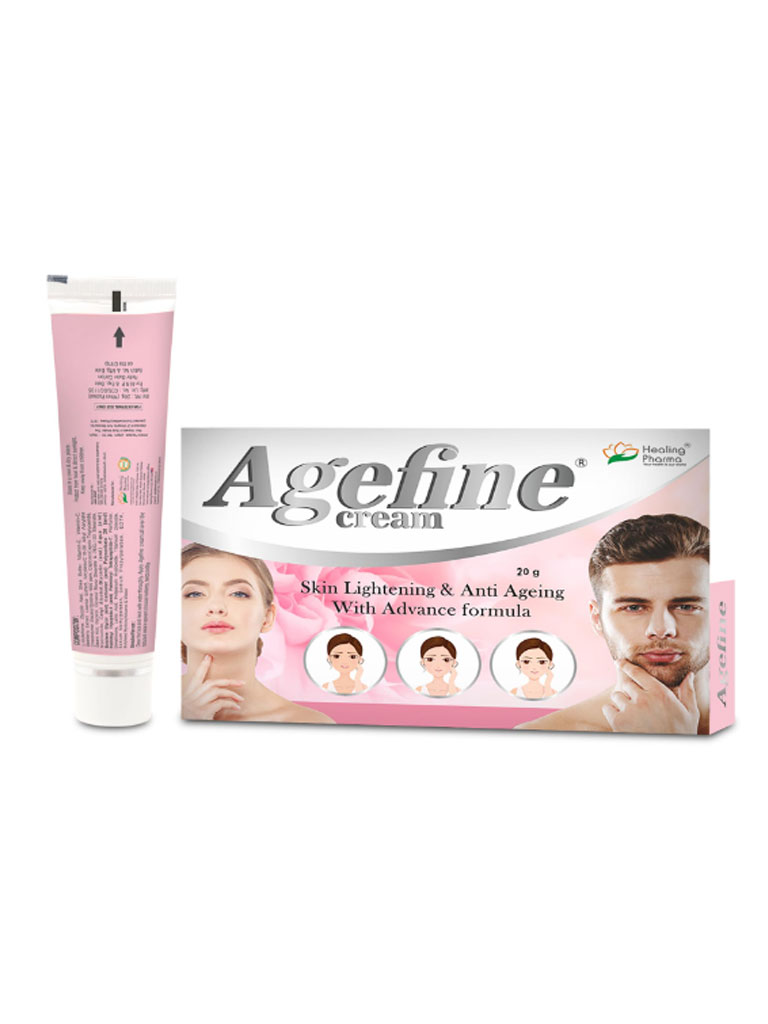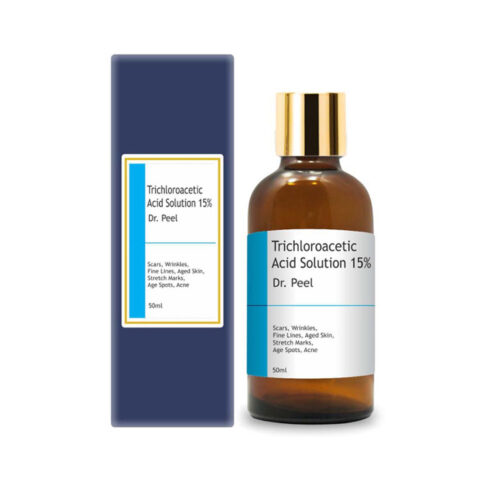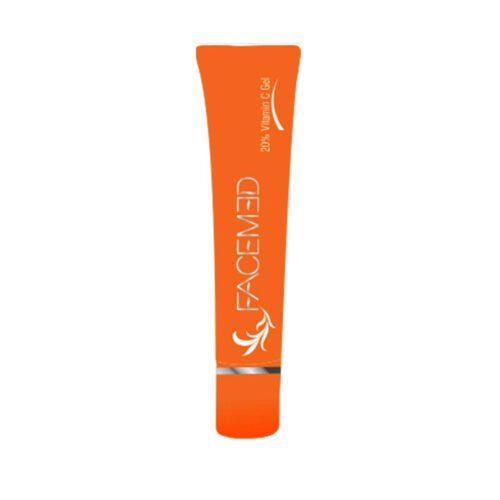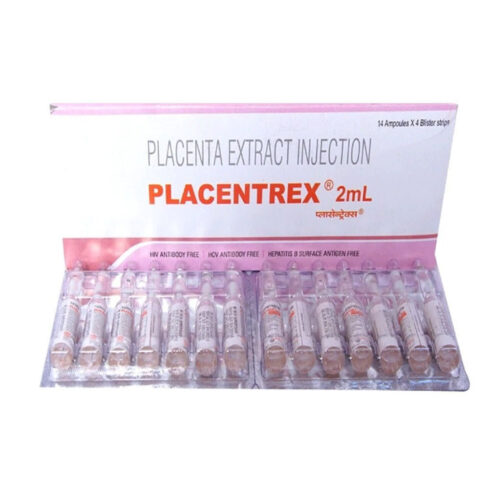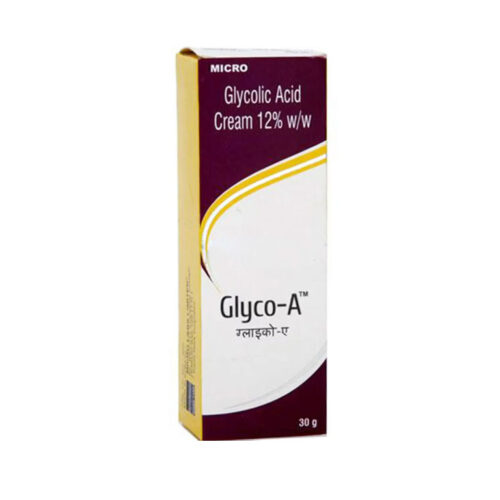Description
What is L-Glutathione Cream Agefine®
Agefine® cream is a skin whitening cream enriched with the key ingredient L-Glutathione, and other potent components for flawless skin, such as Glycolic acid, Shea butter, Vitamin E, Vitamin C, Bearberry Extract, and Licorice Extract coupled with a very powerful body-protecting chemical. Agefine® cream gives you fair, smooth, and perfect skin as one of the best natural skin whitening creams available on the market. Apply cream throughout the face and neck regularly in the morning and evening.
L-Glutathione (GSH) is an antioxidant in plants, animals, fungi, and some bacteria and archaea. Glutathione is capable of preventing damage to important cellular components caused by reactive oxygen species such as free radicals, peroxides, lipid peroxides, and heavy metals. It is a tripeptide with a gamma peptide linkage between the carboxyl group of the glutamate side-chain and the amine group of cysteine, and the carboxyl group of cysteine is attached by a normal peptide linkage to a glycine.
Agefine® Anti-Ageing Cream is a topical cream used for skin peeling, whitening, and moisturizing. It contains a combination of potent antioxidants and Shea butter. Additionally, the Agefine formula incorporates lotion sunscreen to protect against photodamage.
Glutathione is the main active ingredient. It has potent antioxidant properties that treat hyperpigmentation, dark spots, sun blemishes, and melasma. Moreover, Agefine is not only a skin discoloration treatment. It contains glycolic acid, which has age-defying activity, reducing wrinkles and fine lines appearances. In addition to its anti melanin activity, glutathione is a powerful antioxidant that creates positive changes in complexion. It promptly hydrates the deep skin layer, leading to a soft appearance. It maintains an even skin color, provides a smooth, bright, and silky tone.
What is glutathione?
It is a naturally occurring antioxidant. It mediates vital biological processes, including tissue building, producing chemicals and proteins. Additionally, glutathione is a necessary antioxidant for proper immune system functioning. The liver produces glutathione, which travels in systemic circulation to cancel out free radicals.
In the skin, glutathione can work wonders. It blocks free radicals from damaging skin cells or collagen. It protects the skin from photodamage and environmental pollution. A randomized study included 30 subjects to confirm the skin effects of glutathione, glycine, and cysteine. The study evaluated skin firmness, elasticity, and whiteness after antioxidants treatment in comparison with placebo lotion. The results showed a significant decline in melanin production with glutathione use. Owing to its potent antioxidant properties, subjects treated with glutathione had a reduction in wrinkles, fine lines. Moreover, they had increased elasticity and smoothness over subjects treated with placebo lotion.
How to use Agefine age-defying cream?
Experts agree that an efficient antiwrinkle skincare routine includes potent antioxidants during the day and retinoids and moisturizers at night. Agefine contains sunscreen lotion in addition to ingredients that have a good safety profile. Application twice a day is safe and efficient.
A good rule of thumb is to clean the face from debris accumulated at night or makeup, tone, and apply the cream.
Anti-wrinkle and age-defying properties
As the largest organ with vast exposure to external and internal damaging factors, the skin is most prone to aging than other organs. When a skin ages, it loses its elasticity, firmness, and thickness.
Aging involves modifications in connective tissue and cellular regeneration that manifest as a rough-textured appearance and wrinkles. 80% of skin aging mechanisms are due to photodamage. UV light exposure accelerates the aging process. So, the skin not only suffers intrinsic aging, which is common to all organs, but it also suffers extrinsic aging.
One way UV light speeds up aging is by enhancing free radical production. Free radicals are naturally occurring compounds. Due to their unstable nature, free radicals cause DNA and protein damage. The body uses antioxidants to minimize the damage created by free radicals. Aging is also associated with dry skin because skin layers become unable to maintain water molecules.
Glutathione and glycolic acid are potent antioxidants that balance oxidative stress caused by free radicals, while shea butter is an efficient moisturizer that increases antioxidants’ efficiency and maintains skin hydration.
Details about Glutathione Cream
Glutathione plays an important role in preventing oxidative damage to the skin. In addition to its many recognized biological functions, glutathione has also been associated with skin lightening ability. The role of glutathione as a skin whitener was discovered as a side effect of large doses of glutathione. Glutathione utilizes different mechanisms to exert its action as a skin whitening agent at various levels of melanogenesis. It inhibits melanin synthesis by means of stopping the neurotransmitter precursor L-DOPA’s ability to interact with tyrosinase in the process of melanin production. Glutathione inhibits the actual production as well as agglutination of melanin by interrupting the function of L-DOPA.
Another study found that glutathione inhibits melanin formation by direct inactivation of the enzyme tyrosinase by binding and chelating copper within the enzyme’s active site. Glutathione’s antioxidant property allows it to inhibit melanin synthesis by quenching free radicals and peroxides that contribute to tyrosinase activation and melanin formation. Its antioxidant property also protects the skin from UV radiation and other environmental as well as internal stressors that generate free radicals that cause skin damage and hyperpigmentation.
In most mammals, melanin formation consists of eumelanin (brown-black pigment) and pheomelanin ( yellow-red pigment) as either mixtures or copolymers. An increase in glutathione level may induce the pigment cell to produce pheomelanin instead of eumelanin pigments. Research by Te-Sheng Chang found the lowest levels of reduced glutathione to be associated with eumelanin-type pigmentation, whereas the highest ones were associated with pheomelanin. As a result, it is reasonable to assume that the depletion of glutathione would result in eumelanin formation. Prota observed that decreased glutathione concentration led to the conversion of L-Dopaquinone to Dopachrome, increasing the formation of brown-black pigment (eumelanin).

